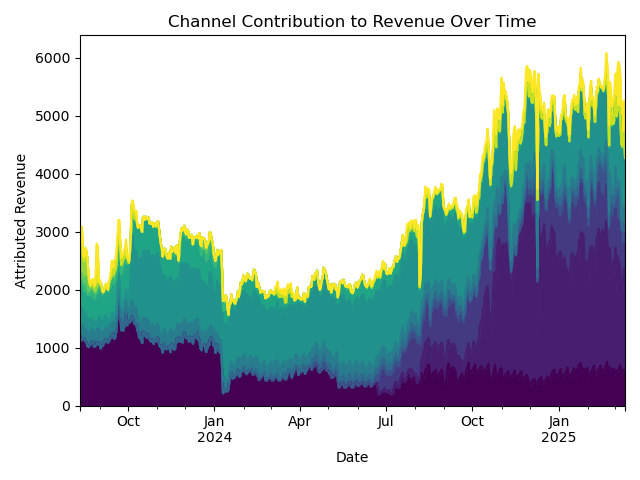
Flight Delay Prediction using Advanced Machine Learning
The airline faced significant losses estimated at US$ 40MM annually due to flight delays, generating additional operational costs, passenger compensation and reputational damage. Traditional prediction methods showed poor performance (F1-score < 0.55), and did not adequately capture route-specific, time-specific or seasonal delay patterns. They also lacked capacity to identify anomalies or cluster delay types to implement differentiated strategies. The goal was to reduce delay-associated costs by at least 5% through accurate predictions that would allow preventive measures to be taken with sufficient advance notice.
Description
Predictive Modeling for Flight Delays
We developed an advanced flight delay prediction system using machine learning techniques for an international airline. The system integrates classifier models (LightGBM, Random Forest, Logistic Regression), clustering analysis to identify distinctive patterns, and anomaly detection to manage exceptional events. Through advanced optimization, we achieved an F1-score of 0.722, effectively identifying flights with high probability of significant delays (>15 minutes). The generated recommendations enabled implementation of differentiated strategies by delay type, generating estimated annual savings of US$ 25-40MM through proactive operations and resource management.
Technologies
Objectives
The airline faced significant losses estimated at US$ 40MM annually due to flight delays, generating additional operational costs, passenger compensation and reputational damage. Traditional prediction methods showed poor performance (F1-score < 0.55), and did not adequately capture route-specific, time-specific or seasonal delay patterns. They also lacked capacity to identify anomalies or cluster delay types to implement differentiated strategies. The goal was to reduce delay-associated costs by at least 5% through accurate predictions that would allow preventive measures to be taken with sufficient advance notice.

Bayesian Marketing Mix Modeling for Global Fashion Retailer
The client faced significant inefficiencies in allocating their annual marketing budget of US$ 3MM distributed across 17 different channels. Their last-click attribution system over-estimated lower-funnel channels by up to 250%, generating approximately US$ 700K annual waste on saturated Display. Additionally, they lacked visibility on adstock effects and channel interactions, resulting in decisions based more on intuition than causal data. They needed to reduce daily prediction error (MAPE) below 15% and create a budget optimizer that could run in less than 90 minutes for weekly planning.

Hydroponic Crop Optimization with AI
High resource consumption and variable yield in hydroponic systems without ability to predict problems

Automated Poker Card Detection System
The client needed to identify and classify poker cards in online screenshots with over 95% accuracy to process large volumes of hands. The challenge included variability across 16 visual styles, occlusions in 9-player tables, resolutions from 720p to 4K, compression degradation and confusion between similar symbols (8/B, Q/K) that generated >15% errors with generic models. Additionally, the system needed to work in real-time (>15 FPS) on standard hardware and automatically adapt to new platforms without retraining.
Ready to Transform Your Business with AI?
Book a demo today and discover how our AI solutions can drive growth and efficiency for your organization.